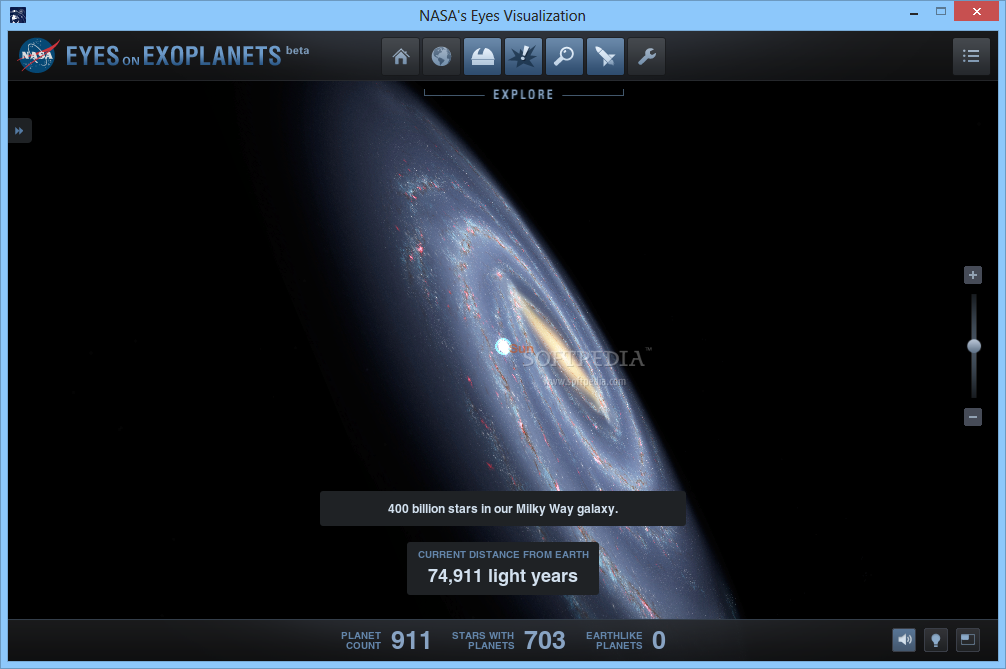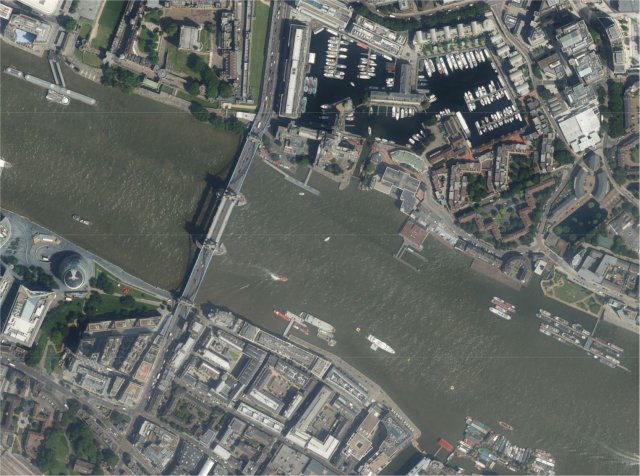

The GAMBIT satellite program was active from July 1963 to April 1984.

Satellite eyes windows series#
The GAMBIT 1 series satellite has a resolution similar to the HEXAGON series, about 2 to 3 feet, but the follow-up GAMBIT 3 system had an improved resolution of better than 2 feet, NRO documents reveal. The HEXAGON's final launch in April 1986 - just months after the space shuttle Challenger explosion - also met with disaster as the spy satellite's Titan 34D booster erupted into a massive fireball just seconds after liftoff, crippling the NRO's orbital reconnaissance capabilities for many months. The NRO launched 20 KH-9 HEXAGON satellites from California's Vandenberg AFB from June 1971 to April 1986. The 'convergence or confluence' theory was confirmed later in the day by a former spacecraft designer, who declined to be named but is familiar with both programs, who confided unequivocally: "The space shuttle's payload bay was sized to accommodate the KH-9." Both vehicles (KH-9 and Hubble) would fit into the shuttle's cargo bay lengthwise, the KH-9 being longer than Hubble both would also fit on a Titan-class launch vehicle." The Hubble’s primary mirror is 2.4 meters in diameter and the spacecraft is 14 feet in diameter. I can imagine that there may have been a convergence or confluence of the designs. "Once the space shuttle design was settled upon, the design of Hubble - at the time it was called the Large Space Telescope - was set upon. "I see a lot of Hubble heritage in this spacecraft, most notably in terms of spacecraft size," Landis said.

Landis, who also worked on NASA's Hubble Space Telescope program, noticed some distinct similarities between Hubble and the huge KH-9 HEXAGON reconnaissance satellite. Navy's Deep Submergence Vehicle Trieste II succeeded in grasping the bucket from a depth of 3 miles below the ocean.įormer International Space Station flight controller Rob Landis, now technical manager in the advanced projects office at NASA's Wallops Flight Facility in Virginia, drove more than three hours to see the veil lifted from these legendary spacecraft. In a daredevil feat of clandestine ingenuity, the U.S. The film inside the protective bucket reported contained high resolution photographs of the Soviet Union's submarine bases and missile silos. In a fascinating footnote, the film bucket from the first KH-9 HEXAGON sank to the bottom of the Pacific Ocean in spring 1972 after Air Force recovery aircraft failed to snag the bucket's parachute. An aircraft would catch the return capsule in mid-air by snagging its parachute following the canister's re-entry. Īccording to documents released by the NRO, each HEXAGON satellite mission lasted about 124 days, with the satellite launching four film return capsules that could send its photos back to Earth. The satellites had a resolution of about 2 to 3 feet (0.6 to nearly 1 meter), according to the NRO. (Image credit: Roger Guillemette/)Įach 6-inch wide frame of HEXAGON film capturing a wide swath of terrain covering 370 nautical miles - the distance from Cincinnati to Washington - on each pass over the former Soviet Union and China. 17, 2011 declassification of the massive spy satellite. Phil Pressel, one of the developers of the KH-9 Hexagon's panoramic camera system, proudly points out some of the spacecraft's once highly-classified features, a life's work that he had been unable to discuss publicly until the NRO's Sept. The HEXAGON's twin optical bar panoramic mirror cameras rotated as the swept back and forth as the satellite flew over Earth, a process that intelligence officials referred to as "mowing the lawn." "This is still the most complicated system we've ever put into orbit …Period." Phil Pressel, designer of the HEXAGON's panoramic 'optical bar' imaging cameras, agreed with Day's assessment. "The Russians didn't have anything like it."ĭay, co-editor of "Eye in the Sky: The Story of the CoronaSpy Satellites," noted that "it took the Soviets on average five to 10 years to catch up during the Cold War, and in many cases they never really matched American capabilities." "This was some bad-ass technology," Day told. Day was exuberant after his first look at the KH-9 HEXAGON. As large as a school bus, the KH-9 HEXAGON carried 60 miles of high resolution photographic film for space surveillance missions. The KH-9 HEXAGON, often referred to by its popular nickname "Big Bird," lived up to its legendary expectations.


 0 kommentar(er)
0 kommentar(er)
